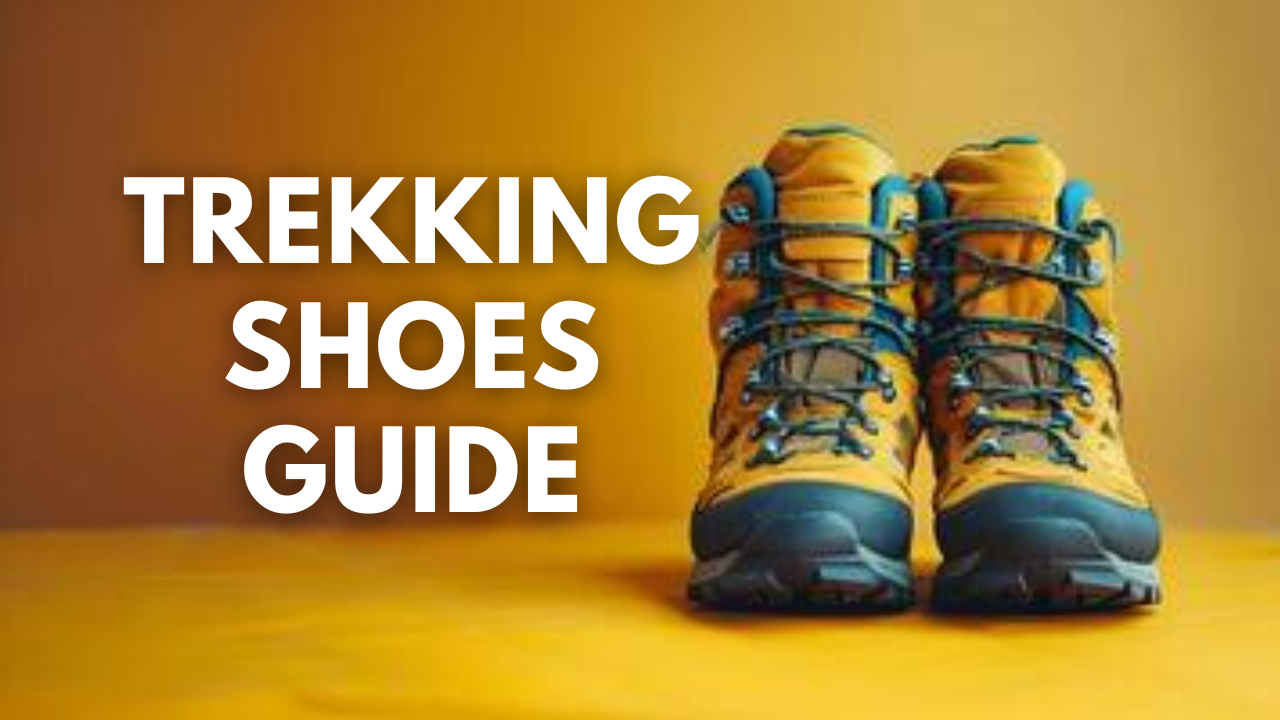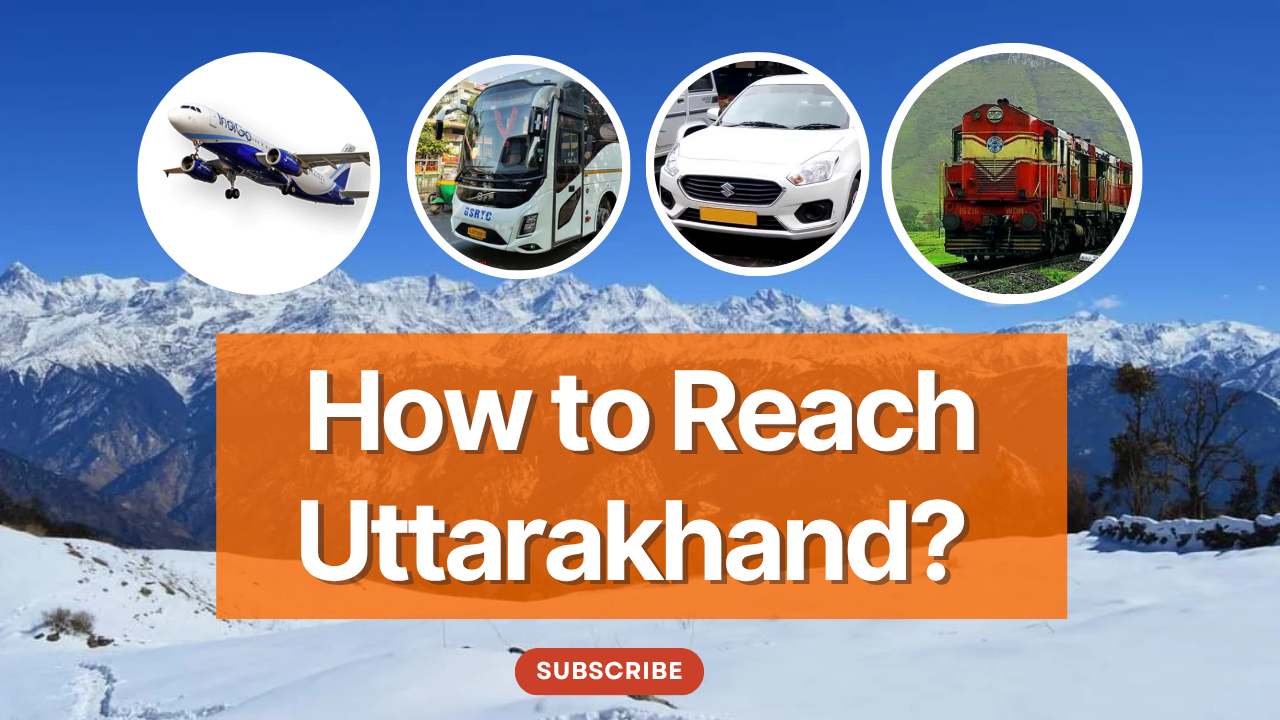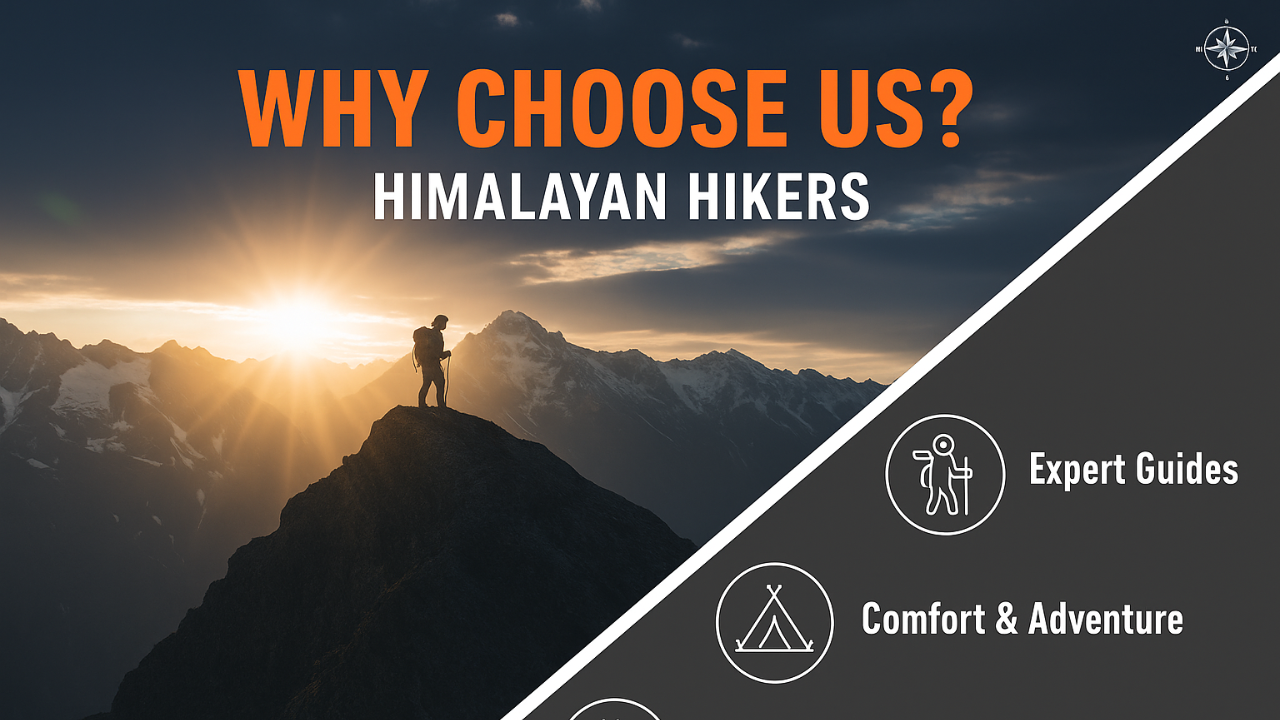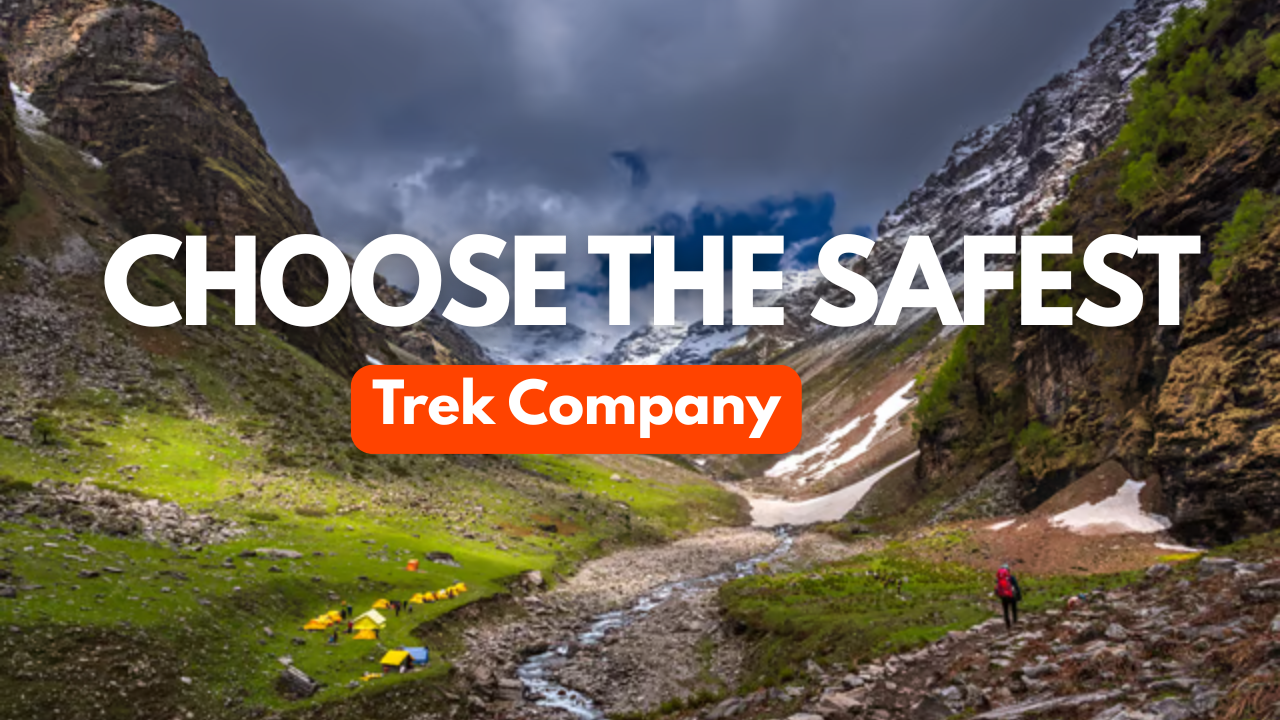Explore the Region of Kali Cho Pass Trek
Explore Lahaul and Bharmour of Himachal, skills and past trekking experience is very important to do Kali Cho Pass trek because of the steep gradient and risks involved.
Visit Goddess Banni’s temple before your tour, it is considered important.
Highlights of Kali Cho Pass Trek
Abode of Bhadraklai at the top
Only three batches are allowed to cross Kali Cho Pass every season.
It is a great trek in the Pir Panjals
The trail is adventurous and perfect for trekking enthusiasts.
Key Points of Kali Cho Pass Trek
Level: Difficult
Proper conditioning & training of body required
Need proper gear & clothing for sub-zero temperature
Shoes are the single most important equipment.
High Altitude requires proper acclimatization.
Beautiful landscapes so carry good photo gear & Extra battery backup.
Travel light
The backpack should not exceed 10kgs.
Must Read about Kali Cho Pass Trek
Duration: 10 days (Pathankot to Manali)
Best Time: June and September
Level: Difficult
Highest Point: 4990 m
Weather: Nights are cold and day temperature is pleasant during the season.
Temperature: (12°C to 20°C) (-2°C to 6°C)
Starting Point: Pathankot
Kali Cho Pass Trek Guide
Day 1 – Pathankot to Dalhousie (80 km)
Day 2 – Dalhousie – Kalatop – Khajiyar – Bharmour (110 km)
Day 3 – Bharmour to Bharmani Mata temple and back (6 km)
Day 4 – Bharmour to Badgram and Bhadra (Drive – 28 km) (Trek – 5 km)
Day 5 – Bhadra to Leundi (12 km)
Day 6 – Leundi to Bansar Goth (10 km)
Day 7 – Bansar Goth to Alyas Lahesh (7 km)
Day 8 – Alyas to Kali Cho Pass and back (12 km)
Day 9 – Alyas to Trilokinath (10 km) and drive to Udaipur (105 km)
Day 10 – Udaipur to Manali via Keylong
Day 1 : Pathankot to Dalhousie (80 km)
The transport will be arranged from Pathankot and the drive will be to Dahousie, a beautiful hill station in Chamba region.
Day 2 : Dalhousie – Kalatop – Khajiyar – Bharmour (110 km)
Post breakfast head to Kalatop Wildlife Sanctuary, explore the area and move further to Khajiyar.
Have lunch en route then start trekking to Bharmour via Chamba.
Reach there and check into the hotel.
Day 3 : Bharmour to Bharmani Mata temple and back (6 km)
Have breakfast early and move to Bharmani Mata temple with packed lunch. The temple is present at the crest and lies 3 kms away from Bharmour.
After Darshan and spending time there, return to Bharmour and enjoy your overnight stay there.
Day 4 : Bharmour to Badgram and Bhadra(Drive – 28 km) (Trek – 5 km)
Post breakfast leave for Badgram in pre booked vehicle. The trek starts from Badgram to Bhadra, the distance is 5 km which can be covered in 4 to 5 hours.
Bhadra is the last village on trail and a perfect place to stay. Spend your night here.
Day 5 : Bhadra to Leundi (12 km
Leave Bhadra village and head to Leundi, the trek is 12 km long. The walk is easy but the trail has some steep sections and multiple streams.
At Leundi a small temple is dedicated to Goddess Bhadrakali. Go through the dense forest and wide meadows to reach your camping spot Leundi.
Setup your camps here and settle for the day.
Day 6: Leundi to Bansar Goth (10 km)
Today walk through the rough trails to reach Bansar Gothh. The inclines are steep and ahead you will be crossing some streams at couple of places.
Bansar Goth is named after Banni Mata and locals believe that it is the place of Goddess Banni’s incarnation. Enjoy staying here for the night.
Day 7: Bansar Goth to Alyas Lahesh (7 km)
Have breakfast at Bansar Goth and start climbing gradually to Alyas.
Alyas are locally called Lahesh, they are the base ground of passes or the campsites present on both sides of the passes.
Relax there and revive yourself for tomorrow’s trekking to Kali Cho Pass
Day 8: Alyas to Kali Cho Pass and back (12 km)
Start the day young around 4:00 am and proceed to Kalicho Pass if the weather is good. Walking on frozen snow is easier then walking on fresh snow. We have to reach the pass early because weather conditions can change anytime.
The trail is rough which involves vertical climbs, crossing rough terrain and there is sudden gain in altitude but with right efforts you can cross this daunting pass.
At Kali Cho Pass, there is a Kali Mata Temple at the head of calico bass.
Rest and spend time there then return to Alyas from another side.
Day 9 : Alyas to Trilokinath (10 km) and drive to Udaipur (105 km)
Post breakfast, descend through the stony Nallah trail from Alyas which leads to Trilokinath temple.
Visit this famous temple, rest there for a while and get down to the river.
Cross it and reach Udaipur’s main highway.
Day 10 : Udaipur to Manali via Keylong
Visit the Mirkla Mata temple in Udaipur go to Keylong, Dist. Headquarter of Lahaul. From here move to Manali via Rohtang Pass.

Mandatory Documents
Original and photocopy of government photo identity card- (Aadhar Card, Driving License, Voters ID, etc,)
Passport and Visa important to foreigners
Medical Certificate (First part should be filled by the Doctor and Second part by the Trekker)
Declaration Certificates
Note: – Many trekkers commit the same mistake of carrying unnecessary items on a trek which only makes the backpack heavy. It is important to know the right items to carry. It differs from season to season if you are trekking in summers then carry less layers of warm clothing and if you are trekking in winters carry enough layers to protect yourself against chilly cold.
Necessary Items for trekkers

Basic Trekking Gears

The Clothes You Should Bring On Satopanth Expedition

Head Gears

Foot Gears

Personal Care Essentials

Carry a Personal Medical Kit

Are you Looking for Trekking Equipment on Rent?
If any trekker requires trekking equipment on rent, Himalayan Hikers offers the best-quality gear available for rental. Many individuals are in need of such equipment, and renting provides a cost-effective solution, allowing them to access high-quality gear at an affordable price without the need for a significant investment for short-term use.

Trek Equipment You can book directly on first day at the Base Camp.
Note:-
Please take all medicines only when prescribed by the doctor. In case you face any problem during your trek,
discuss and take advice from the Professional guide.
The Trek is one of the most popular treks in Uttarakhand, requiring both physical preparation and mental readiness. Although it is categorized as a moderate trek, reaches an elevation of over 12,720 feet and traverses remote Himalayan terrain, which can be physically and mentally challenging. Here's how you can prepare yourself for a safe and successful accomplishment of the Trek:
Physical Fitness
Building a good fitness base is essential for every trekker. The Trek itinerary involves 5 to 6 hours of walking every day. Though the trails are well-marked, they are often bumpy and include steep uphill sections, which may affect your stamina. You can overcome your physical limitation with a 6-week training program that you can begin about 2 months before your Trek. Your 6-week fitness routine should include
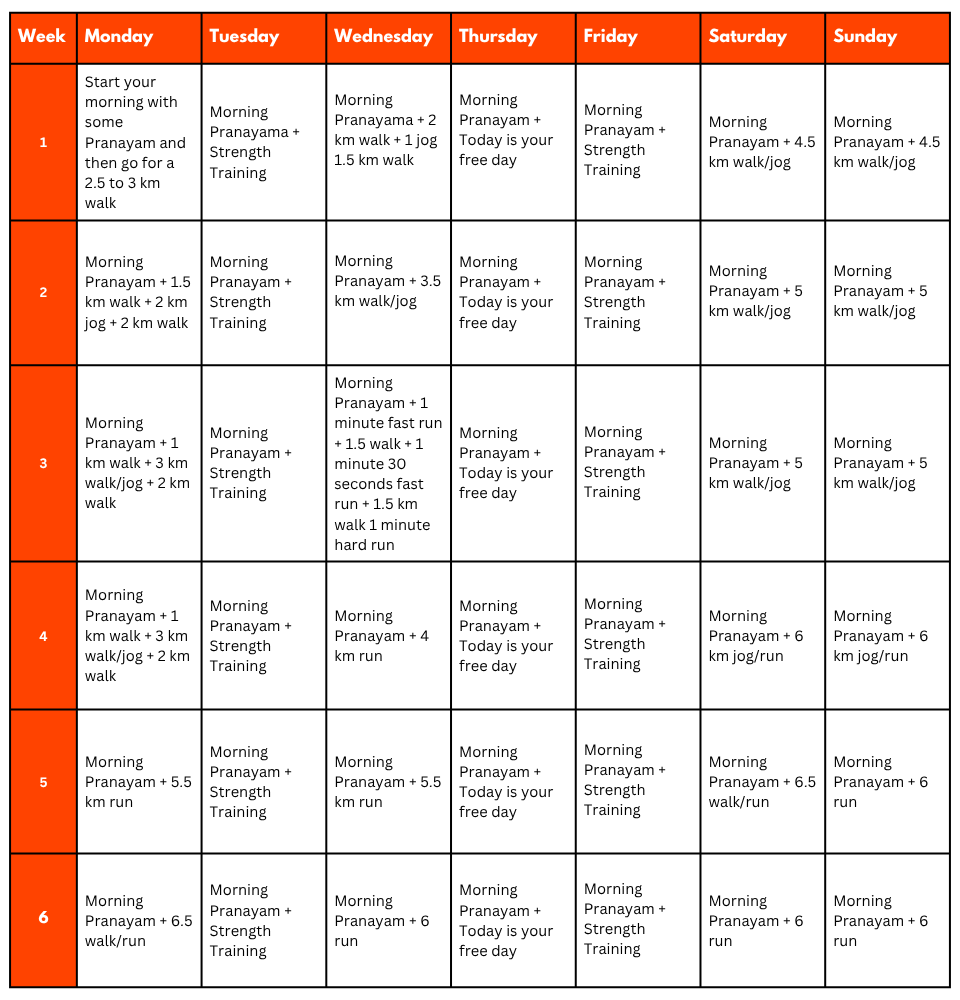
Pro Tip: If you have time, you can skip the Sunday training and go for a long-distance walk or mini day-hike (7–10 km) with a loaded backpack to simulate real trekking conditions. A short 1-day hike around your city/town can help a lot.
Mental Preparation
Physical strength is only half the journey, the other half is mental resilience. The trail takes you through remote clearings, steep climbs, cold starry nights, and no mobile connectivity. Be prepared to:
(I) -
Detach from the digital world.
(II) -
Embrace basic mountain living (camping, toilet tents, limited electricity).
(III) -
Push through moments of fatigue, weather discomfort, or altitude effects.
Himalayan Hikers is a reputable trekking company that places a high priority on safety. Here are some of the safety measures they take to ensure the safety of their clients during the Trek:
Experienced Guides: Himalayan Hikers hires experienced and certified guides who are well-versed in the terrain, weather conditions, and local culture. These guides have first-hand knowledge of the routes and are equipped to handle any emergency situations that may arise.
Proper Gear: The company provides all the necessary gear and equipment to their clients to ensure comfort and safety during the trek.
Hygiene and Sanitation: Himalayan Hikers places great emphasis on hygiene and sanitation during the Trek. They provide clean drinking water, hand sanitizers, and toilet tents to ensure that their clients are healthy and comfortable.
Emergency Services: The company has a well-defined protocol for handling emergency situations. They have a team of trained medical professionals who are available 24/7 and can be quickly mobilized in case of an emergency.
Acclimatization: Himalayan Hikers follows a gradual acclimatization process during treks to ensure that their clients adjust to the high altitude gradually. They also monitor the health of their clients regularly and provide necessary medical attention if required.
Overall, Himalayan Hikers places a great emphasis on safety and takes all necessary measures to ensure the safety and well-being of their clients during treks.
No FAQs available for this trek.









